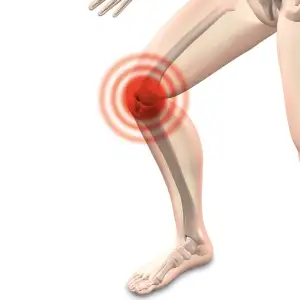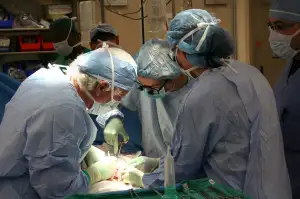Unlocking the Truth: The Surprising Health Effects of Eating Corn Starch

Corn starch, a common ingredient used in cooking and baking, has gained attention for its association with a condition called pica. Pica is characterized by the persistent urge to eat non-food substances, such as dirt, clay, or in this case, corn starch. While it may seem unusual to some, the consumption of corn starch for those with pica is a real and often misunderstood phenomenon. In this article, we will delve into the risks and benefits of eating corn starch for individuals with pica, shedding light on this unique relationship between food and behavior.
Understanding pica and its impact on health
Understanding pica is crucial in recognizing its impact on health. Pica is a disorder characterized by the persistent craving and consumption of non-food substances, such as corn starch. This behavior can lead to serious health consequences as these substances lack essential nutrients and may contain harmful chemicals. Prolonged ingestion of corn starch can interfere with nutrient absorption, leading to malnutrition and deficiencies in vital vitamins and minerals. Additionally, it can cause gastrointestinal problems, such as constipation or blockages. Recognizing the potential risks associated with pica is essential for promoting overall well-being.
Risks and potential dangers of consuming corn starch
Consuming corn starch may pose certain risks and potential dangers to one's health. One of the main concerns is the high calorie content of corn starch, which can contribute to weight gain and obesity if consumed in excess. Additionally, corn starch lacks essential nutrients such as vitamins, minerals, and fiber, making it a poor choice for a balanced diet. Moreover, consuming large amounts of corn starch can lead to digestive issues such as bloating, gas, and constipation. It is important to be aware of these risks and consider healthier alternatives for individuals with pica.
Nutritional value of corn starch and its role in a balanced diet
Corn starch may not be the first thing that comes to mind when thinking about a nutritious diet, but it does have some nutritional value. It is a good source of carbohydrates, providing energy for the body. However, it is important to note that corn starch lacks essential nutrients like vitamins, minerals, and fiber. Therefore, while it can be a part of a balanced diet in moderation, it should not be relied upon as a primary source of nutrition. Incorporating a variety of whole grains, fruits, vegetables, and lean proteins is crucial for obtaining all the necessary nutrients for optimal health.
Alternatives to eating corn starch for individuals with pica
For individuals with pica who have a craving for corn starch, it is important to find healthier alternatives. One option is to replace corn starch with other starchy foods such as potatoes, rice, or quinoa. These alternatives can provide the same texture and satisfaction without the potential risks associated with consuming pure corn starch.
Another alternative is to explore different flavors and textures in foods that can help satisfy cravings. For example, incorporating more fruits and vegetables into the diet can provide a variety of tastes and textures that may help reduce the desire for corn starch.
Additionally, seeking out professional guidance from a nutritionist or dietitian can be beneficial in finding suitable substitutes. They can provide personalized recommendations based on individual needs and preferences.
Remember, it is important to prioritize overall health and well-being when managing pica cravings. By exploring alternative options and seeking professional help, individuals with pica can find healthier ways to satisfy their cravings while ensuring their nutritional needs are met.
Seeking professional help and treatment options for pica
Seeking professional help is crucial for individuals struggling with pica. A healthcare provider can conduct a thorough evaluation to determine the underlying causes and provide appropriate treatment options. Cognitive-behavioral therapy (CBT) has shown promising results in helping individuals overcome pica by addressing the psychological factors contributing to the behavior. Additionally, nutritional counseling can help individuals develop healthier eating habits and ensure they are meeting their nutrient needs. Remember, seeking professional help is a vital step towards managing pica and promoting overall well-being.
In conclusion, while eating corn starch may provide temporary relief for individuals with pica, it is not a healthy or sustainable solution. Instead of relying on this harmful habit, it is crucial to promote a healthier approach to managing pica.
Encouraging individuals with pica to seek professional help and treatment options is essential. Mental health professionals can provide the necessary support and guidance to address the underlying causes of pica and develop healthier coping mechanisms.
Moreover, educating individuals about the potential risks and dangers associated with consuming corn starch can help them make informed decisions about their dietary choices. By understanding the nutritional value of corn starch and its role in a balanced diet, individuals can explore alternative sources of nutrients that are safe and beneficial.
Ultimately, promoting a healthier approach to managing pica involves addressing the root causes of the condition and providing appropriate treatment. With the right support system in place, individuals can overcome their cravings for non-food substances and adopt healthier habits that contribute to their overall well-being.
Published: 08. 01. 2024
Category: Health



